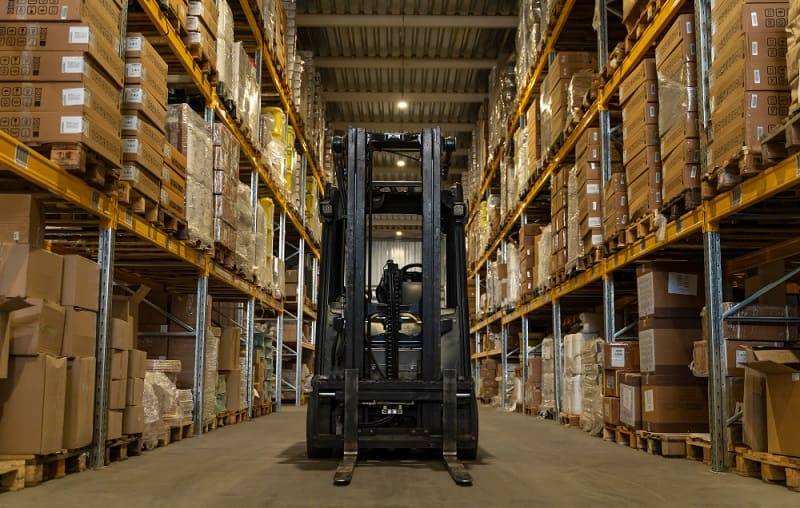Although moving to a new nation is a major undertaking, the experience may be incredibly rewarding. There are a few things you must complete before beginning an international move.
You will be interested on: International Moving Checklist
# Set a budget and timeline
Finding out how much you can spend on your move is the first step. This will enable you to choose the right moving company for your needs and the size of your shipment. Establishing a moving timeline will allow you to start making preparations in advance.
Keep reading: How to Save Money on an International Move
# Research your options
Moving abroad can be done in a few different ways. You have three options: Hire a moving company, move yourself, or combine the two. If you’re choosing a moving company, you should check prices from various businesses. In order to learn more about their reputation, you should study reviews as well.
You’ll need to rent a truck or container and employ movers to load and unload it if you’re doing it yourself. Additionally, you’ll be in charge of handling the paperwork and customs clearance.
You will be interested on: The Easiest Countries to Emigrate
# Get the necessary paperwork
Visa and other documents needs vary depending on the nation. To ensure that you have plenty of time to get things in place, you should start investigating these needs as soon as possible.
# Start packing
One of the time-consuming aspects of moving is packing. De-clutter your home and get rid of anything you don’t need to start. After that, bundle your belongings carefully to prevent transit damage.
Most moving companies will box your items for you if you hire them. However, you might wish to pack a few of your own goods, particularly sentimental or fragile ones.
Keep reading: Moving to UK
# Notify your utilities and other services
Remember to let your utilities and other agencies know that you are moving. This includes any organizations you conduct business with, such as your bank, credit card issuers, insurance providers, and others.
Additionally, you should terminate any memberships and subscriptions you won’t be utilizing in your new nation.
You will be interested on: Fine Art Shipping Service
# Arrange for transportation
The majority of the time, a moving company will organize transportation for your possessions if you hire them. But if you’re doing it yourself, you’ll have to figure out how to transport your possessions to your new house.
You can either transport your belongings by air or sea freight or rent a truck or container.
Keep reading: International Shipping Options from the UAE
# Get settled in
You’ll need to settle in after you get to your new country. A new driver’s license, a bank account, and a place to live are all included in this.
Spend some time getting acquainted with your new surroundings and exploring your new town or city.
# Don’t forget the final details
Before your move is over, there are a few last things you need to do. This includes updating your driver’s license, transferring your car registration, and altering your postal address.
Ensure that you stop using any utilities or services that you had in your previous nation as well.
Even though moving abroad can be challenging, it is definitely possible. You can simplify the procedure a little bit by doing these actions.
You will be interested on: Office Relocation Service in Dubai
Here are some additional tips for planning an international move:
# Start planning at least 6 months in advance.
# Get multiple quotes from moving companies.
# Negotiate the price of your move.
# Pack your belongings carefully.
# Insure your belongings for the full value.
# Be prepared for unexpected delays.
A thrilling adventure is relocating to a new country. These suggestions will help you streamline the procedure a little bit.
I sincerely hope this information was useful. Please don’t hesitate to ask further questions if you have any.











